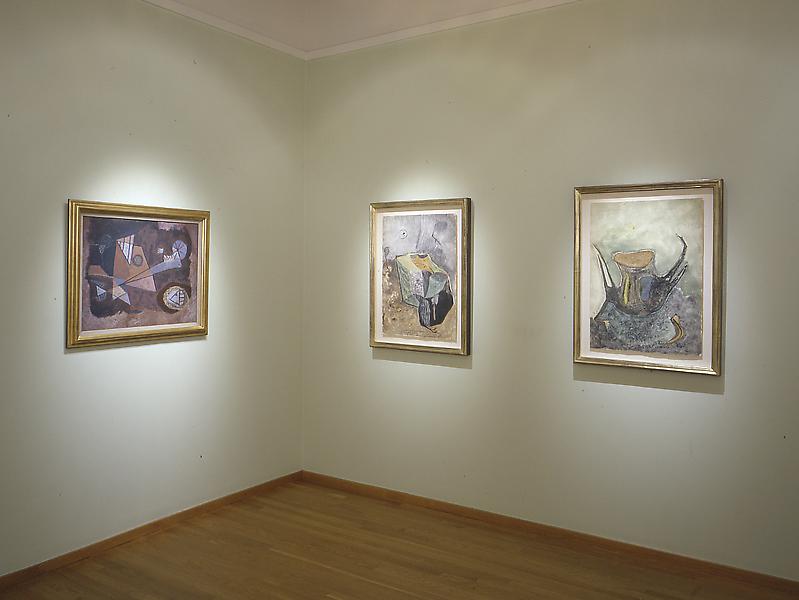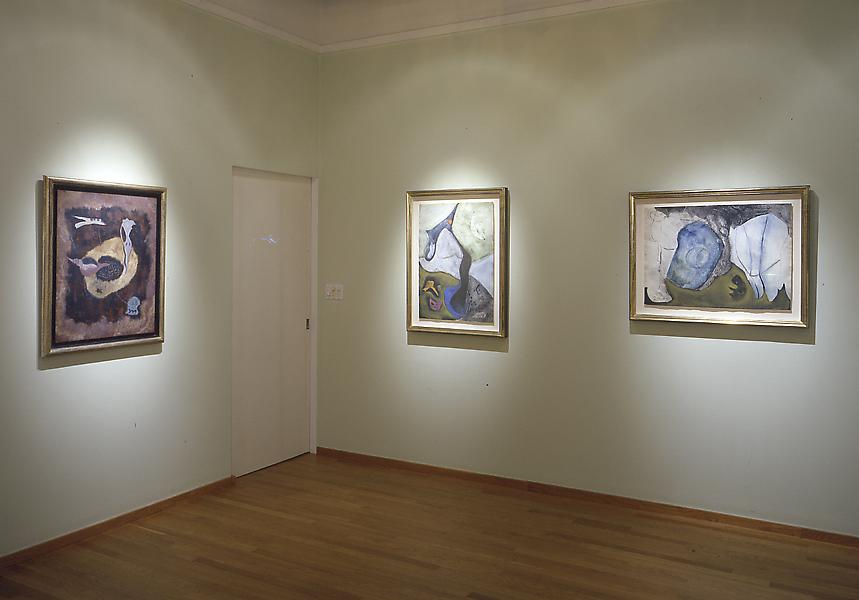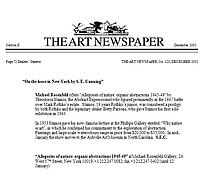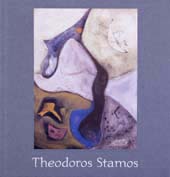Allegories of Nature: Organic Abstractions 1945-1949 includes a selection of paintings and large-scale watercolors from Stamos's formative years. An abstract expressionist, Stamos emerged in the 1940s with an interest in nature and Surrealism. Inspired by natural sciences, primitive arts, Eastern philosophies and ancient rituals, he synthesized diverse influences into an expressive, nonrepresentational language emphasizing subtle graduations of color and form.
Theodoros Stamos was born in New York City and began his formal study of art in 1936 with a scholarship to the American Artists School. Encouraged by his teacher, Joseph Solman, Stamos pursued his interest in painting, read surrealist literature and met among others Betty Parsons, who gave him his first solo exhibition in 1943 at the Wakefield Gallery in New York City. Close friends with Tony Smith, John Graham, Mark Rothko, Barnett Newman and Kurt Seligman, Stamos employed the surrealist technique of automatism to create his mystical, biomorphic abstractions. He revered the work of Milton Avery, Arthur Dove and Morris Graves. In 1948, he traveled with poet Robert Price to Europe for the first time, visiting France, Italy and Greece (the birthplace of his parents). Returning to New York City, Stamos began teaching at various institutions





